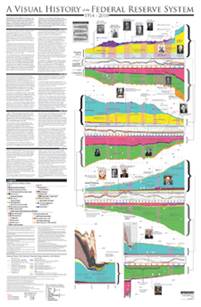Observations Lab
Macro Thoughts
Capital Markets Lab
Asset Management
Markets in History
Beyond Finance
Quotes on the Fly
Chart Gallery
Academia
Latest Observations
Global Financial Data, February 27 2020
Global Financial Data, Aug 14 2019
Yale News, September 22, 2015
Asset Management
Pension Funds
Pension Funds Research
Pension Funds Switzerland
Pension Funds Germany
Pension Funds Denmark
Pension Funds Finland
Pension Funds Norway
Pension Funds Sweden
Pension Funds United Kingdom
Pension Funds Netherlands
Latest Observations
Global Financial Data, February 27 2020
Global Financial Data, Aug 14 2019
Yale News, September 22, 2015
Wealth Managers
The Library
The Chart Room
Quotes on the Fly
The Time Capsule
Beyond Finance
The Coffee Chronicles
The Synchronicity Chamber
The Joseph Schumpeter Room
The Friedrich Hayek Auditorium
The Central Bank Hallway
Latest Observations
Global Financial Data, February 27 2020
Global Financial Data, Aug 14 2019
Yale News, September 22, 2015

 Much of the past decade's history of the Fed remains to be written, but it includes the largest expansion in the Fed’s balance sheet to date, dwarfing the WWI growth of discounts, the 1934 gold revaluation, and the WWII expansion. The expansion’s effect on employment, GDP, credit, and confidence in the dollar continue to play out.
Much of the past decade's history of the Fed remains to be written, but it includes the largest expansion in the Fed’s balance sheet to date, dwarfing the WWI growth of discounts, the 1934 gold revaluation, and the WWII expansion. The expansion’s effect on employment, GDP, credit, and confidence in the dollar continue to play out.